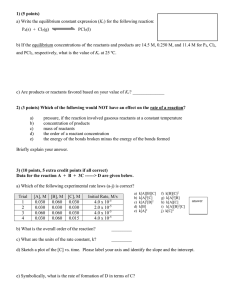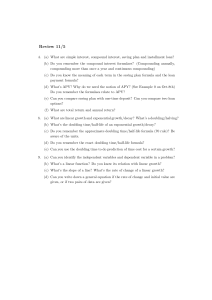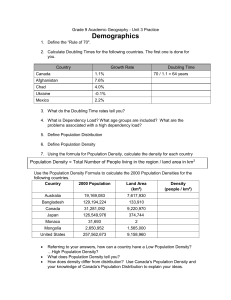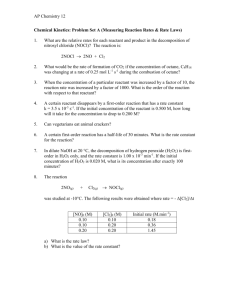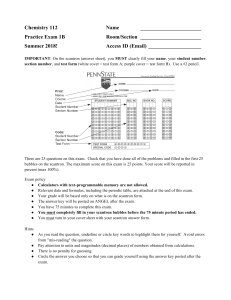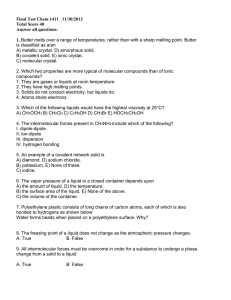blank test
advertisement
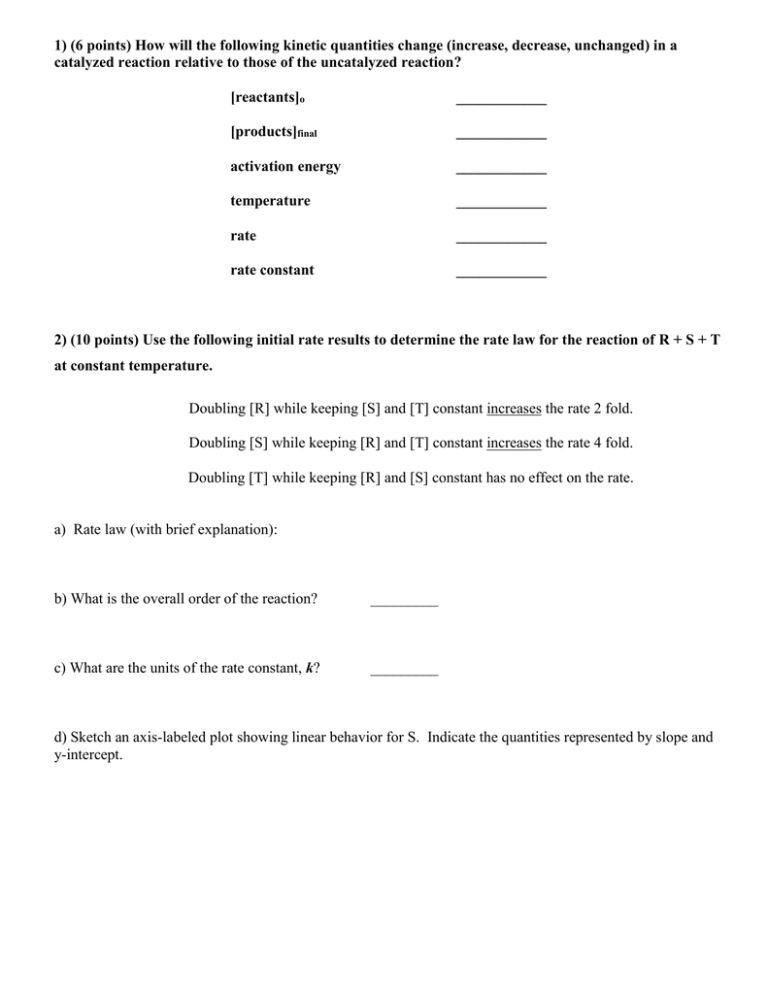
1) (6 points) How will the following kinetic quantities change (increase, decrease, unchanged) in a catalyzed reaction relative to those of the uncatalyzed reaction? [reactants]o ____________ [products]final ____________ activation energy ____________ temperature ____________ rate ____________ rate constant ____________ 2) (10 points) Use the following initial rate results to determine the rate law for the reaction of R + S + T at constant temperature. Doubling [R] while keeping [S] and [T] constant increases the rate 2 fold. Doubling [S] while keeping [R] and [T] constant increases the rate 4 fold. Doubling [T] while keeping [R] and [S] constant has no effect on the rate. a) Rate law (with brief explanation): b) What is the overall order of the reaction? _________ c) What are the units of the rate constant, k? _________ d) Sketch an axis-labeled plot showing linear behavior for S. Indicate the quantities represented by slope and y-intercept. 3) (15 points) The following data was recorded for the reaction A B at 40.0 °C. a) Determine the order of the reaction using the half-life method. Show all work. b) Calculate [A] and the rate at 7.0 minutes. c) Calculate the activation energy in kJ for this reaction if the half-life is 120.0 seconds at 20.0 ºC. time (s) 0.0 20.0 40.0 60.0 80.0 100.0 125.0 150.0 200.0 250.0 300.0 [A]t (M) 11.00 9.27 7.81 6.58 5.55 4.67 3.77 3.05 1.99 1.29 0.84 4) (20 points) The reaction and experimental rate law for the gas phase reaction of nitric oxide with chlorine to produce nitrosyl chloride (used to bleach flour) are: 2 NO(g) + Cl2(g) ---------> 2 NOCl(g) & rateexp = kobs[NO]2[Cl2] a) One proposed mechanism begins with the following elementary step, NO(g) + Cl2(g) NOCl2(g). If this is a fast step, propose a second rate limiting step that is consistent with the overall stoichiometry. b) Determine explicitly the rate law predicted by the mechanism in part a. Discuss its relevance to the experimental rate law. c) Draw a labeled reaction coordinate based on this mechanism. Identify any transition states and intermediates. The reaction is exothermic. d) Propose a mechanism that is consistent with the overall stoichiometry & experimental rate law but has the fewest elementary steps. Draw a reaction coordinate for this mechanism. e) For your mechanism in part d is it possible to say that Ea is greater, smaller, or equal to the Ea of the RDS in part c? Explain. Consider all the general factors that affect the rate of a reaction and how they play out in collision theory. 5) (5 points) The experimental rate law, rateexp = kobs[ICl][H2], corresponds to the reaction described by the equation: 2 ICl(l) + H2(g) ---------> 2 HCl(g) + I2(s). Write a two-step mechanism with only bimolecular steps that is consistent with the experimental rate law. Be sure to label the rate determing step. 6) (4 points) Calculate the number of half-lives (precisely, respecting significant figures) passed for a first order reaction with a k = 3.00 x 10-2 s-1 if 96.9% of the starting material has been consumed.
